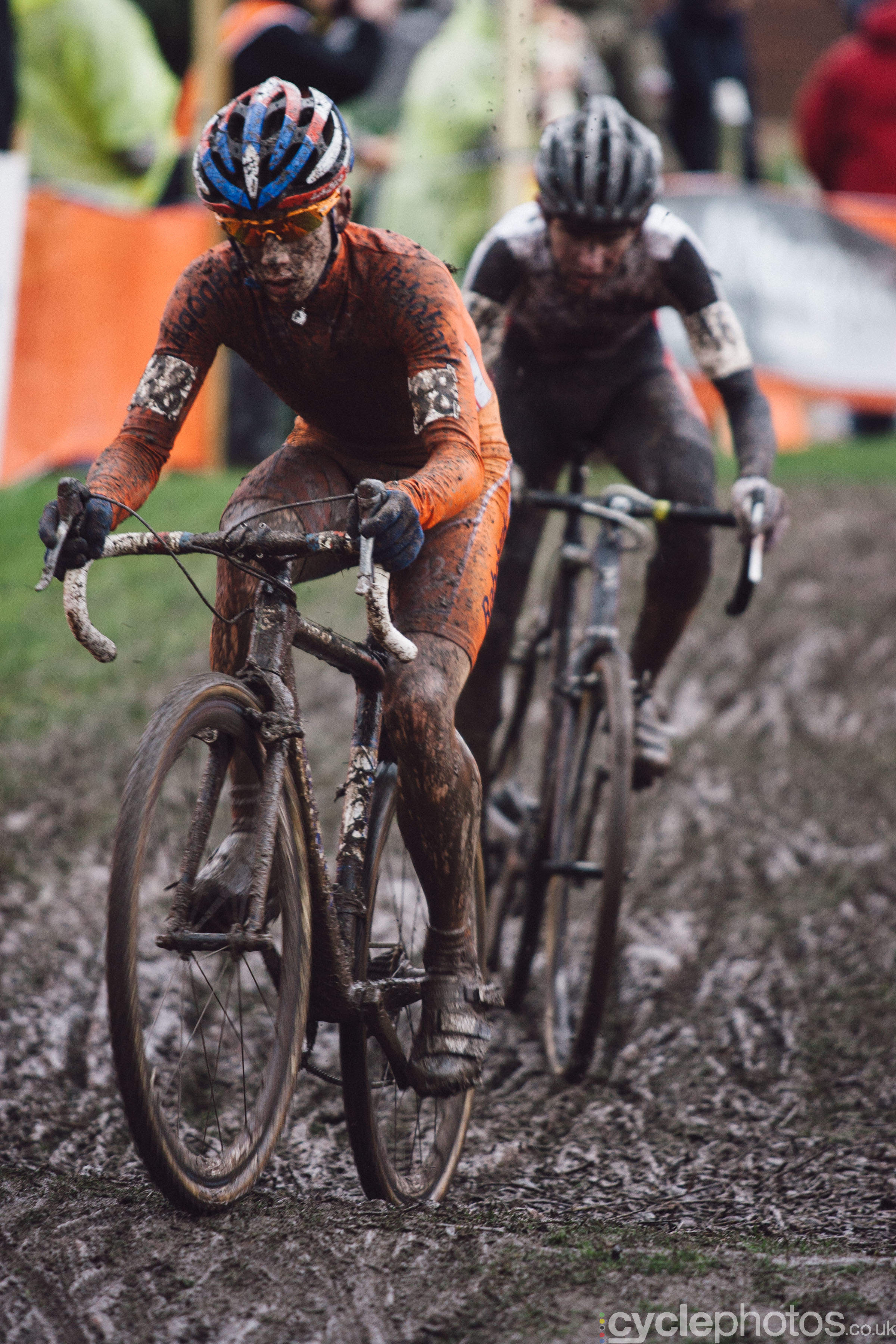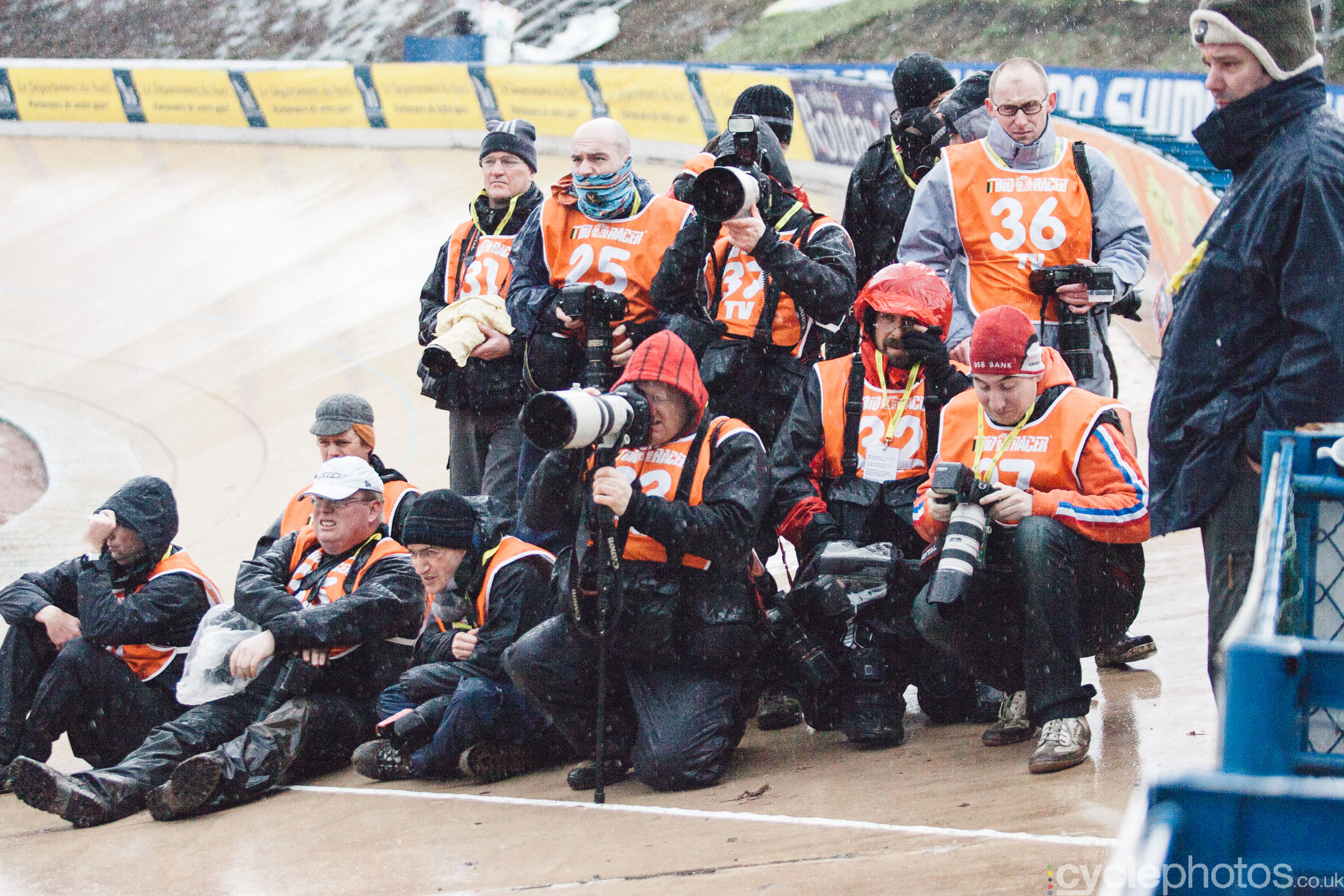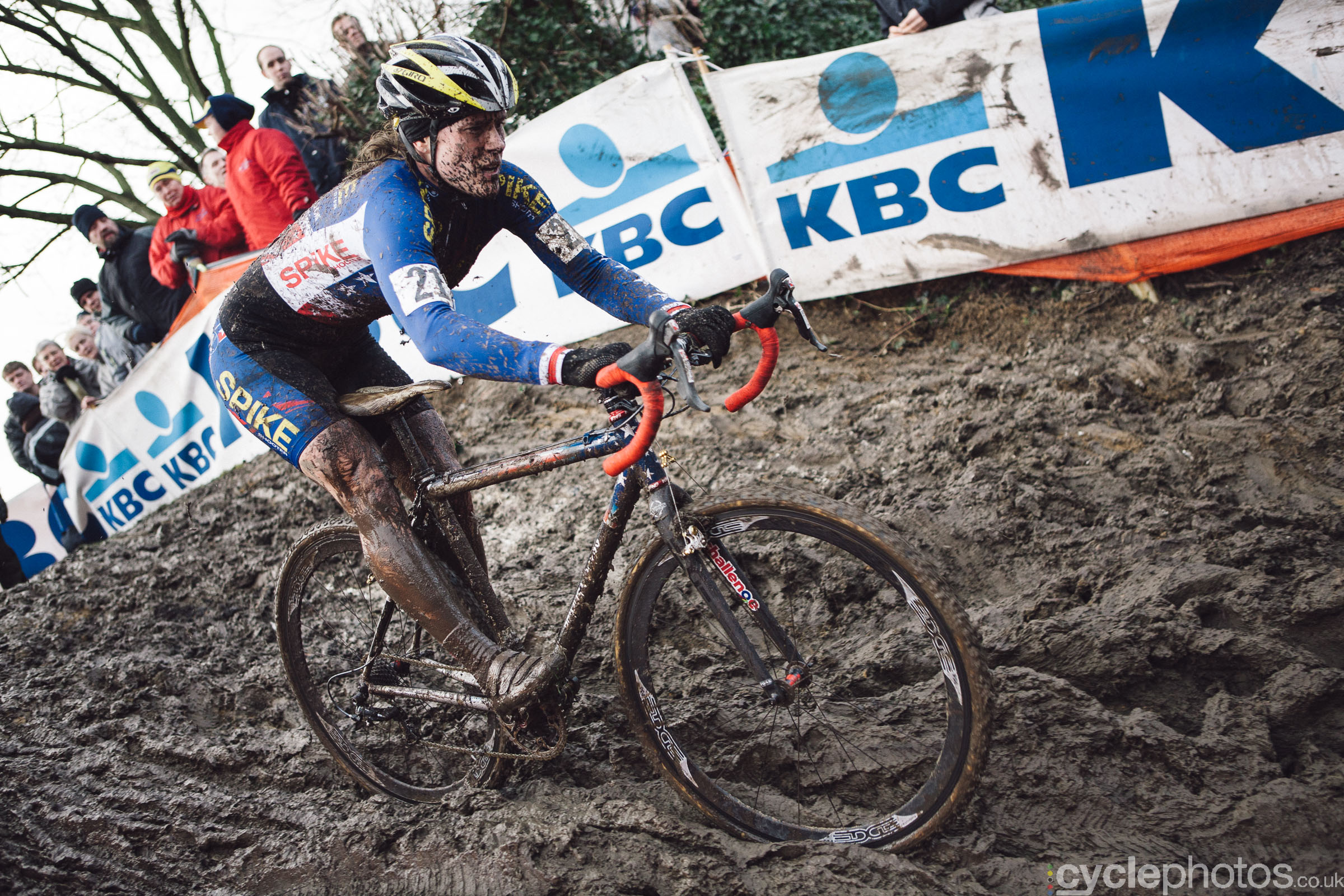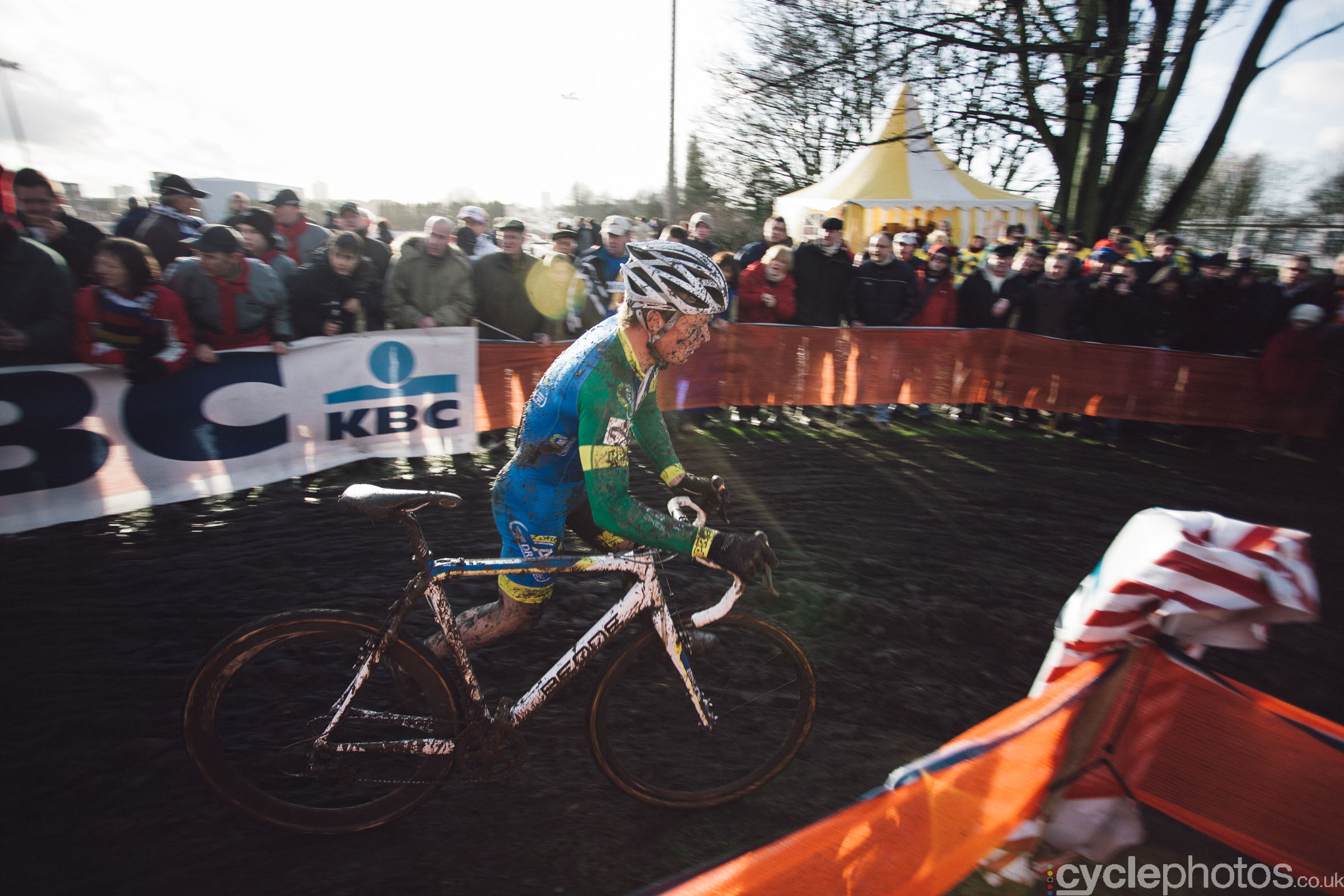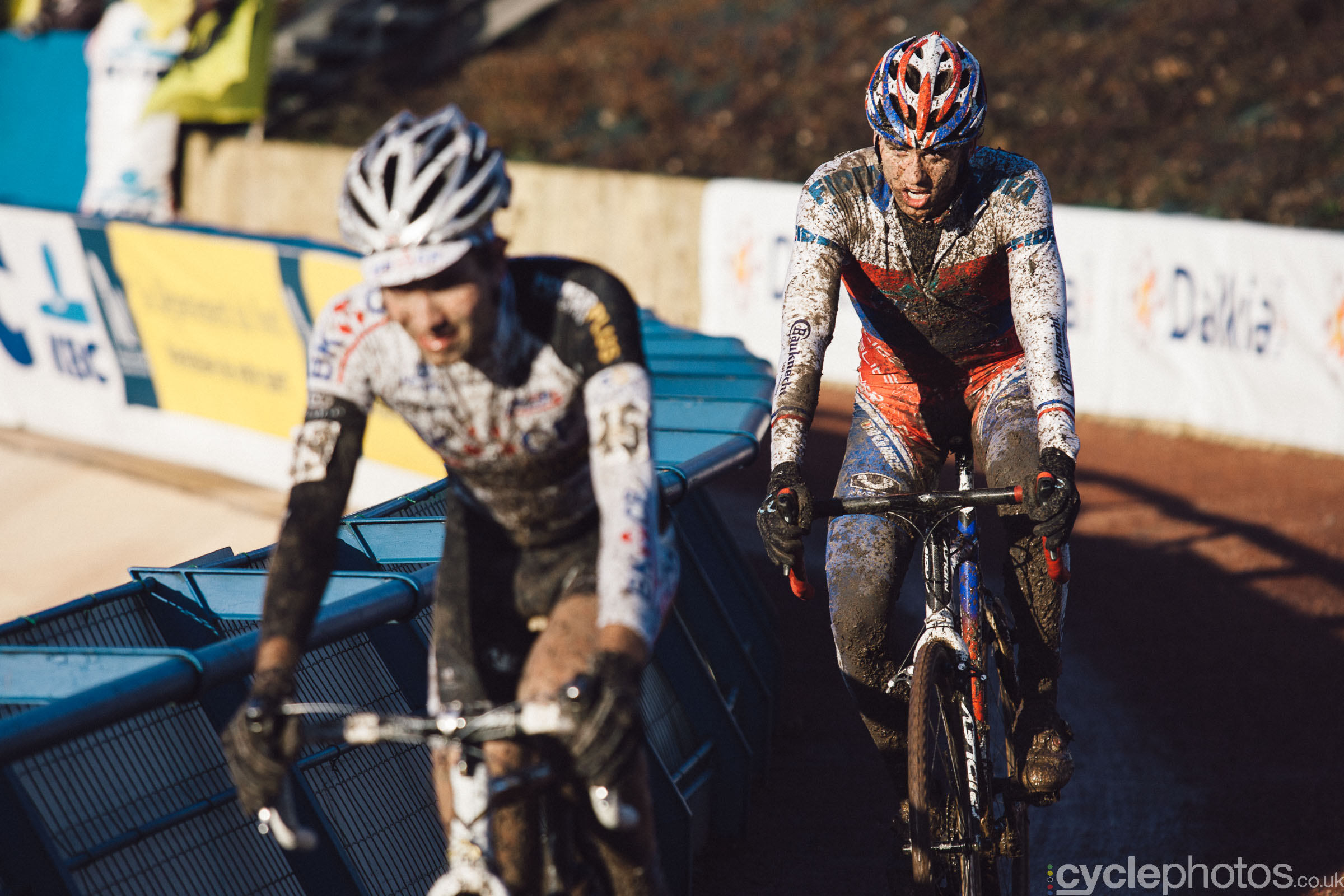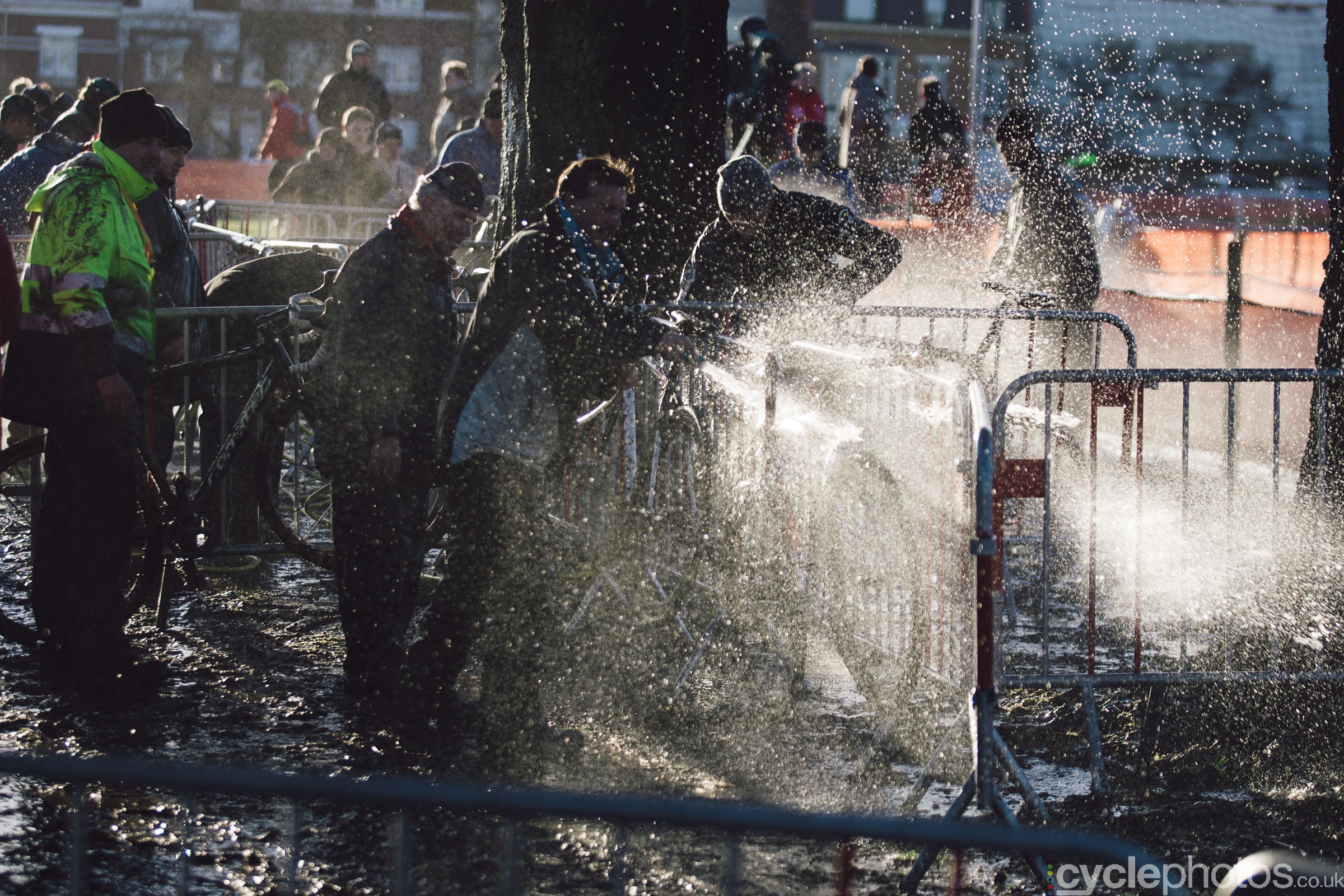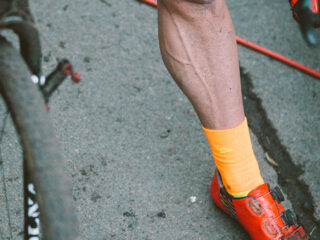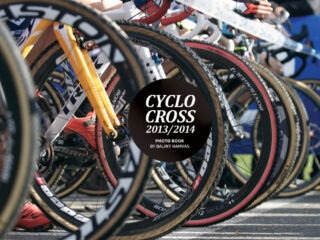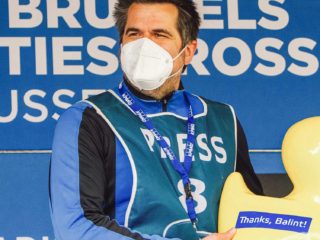After my eyes were opened to the weird and wonderful world of cyclocross in Tabor, I was keen to see as many races as I could. In early 2009, I moved to London to work for the same company, MEC, but at the global HQ. It was a big change, but all the stress and uncertainty did not distract me from the fact that I was suddenly a lot closer to the classic Belgian cyclocross venues. Coming from a mountain bike background, I assumed that the cyclocross scene revolved only around the world cup races, I had no idea about the Superprestige or the GVA trofee series, so I was focusing on world cup races.
The next race on the calendar was the penultimate world cup in Roubaix. Again, as an avid mountain biker, I had no idea where Roubaix was or what the significance of the velodrome was. But it quickly realised out that it is very close to London and it is easily accessible by the Eurostar. On the race’s website, I started filling out the accreditation application request form, when I hit a road block. They were requesting a copy of my press card.
Now, that was a problem, as I didn’t have press card at the time. I got a bit disheartened by this development, but then I had a great idea. Do you know the song and the expression: Big in Japan?
I was sure that I would be the first Hungarian photographer applying for accreditations, which meant that they had no idea what a Hungarian sports press card actually looked like. So, I designed one, essentially from scratch. The one problem was that even if I printed it out, it would just be a piece of paper. I needed something to make it look a bit more official. I figured, a laminator should solve the problem. Next day, I walked to the nearest Rymans and I bought a laminator and a bunch of small plastic sleeves that fitted my faux press card. After three or four tries, I managed to print the right sized press card and I was ready to laminate. Below, you can see the final product. Bosh, done.
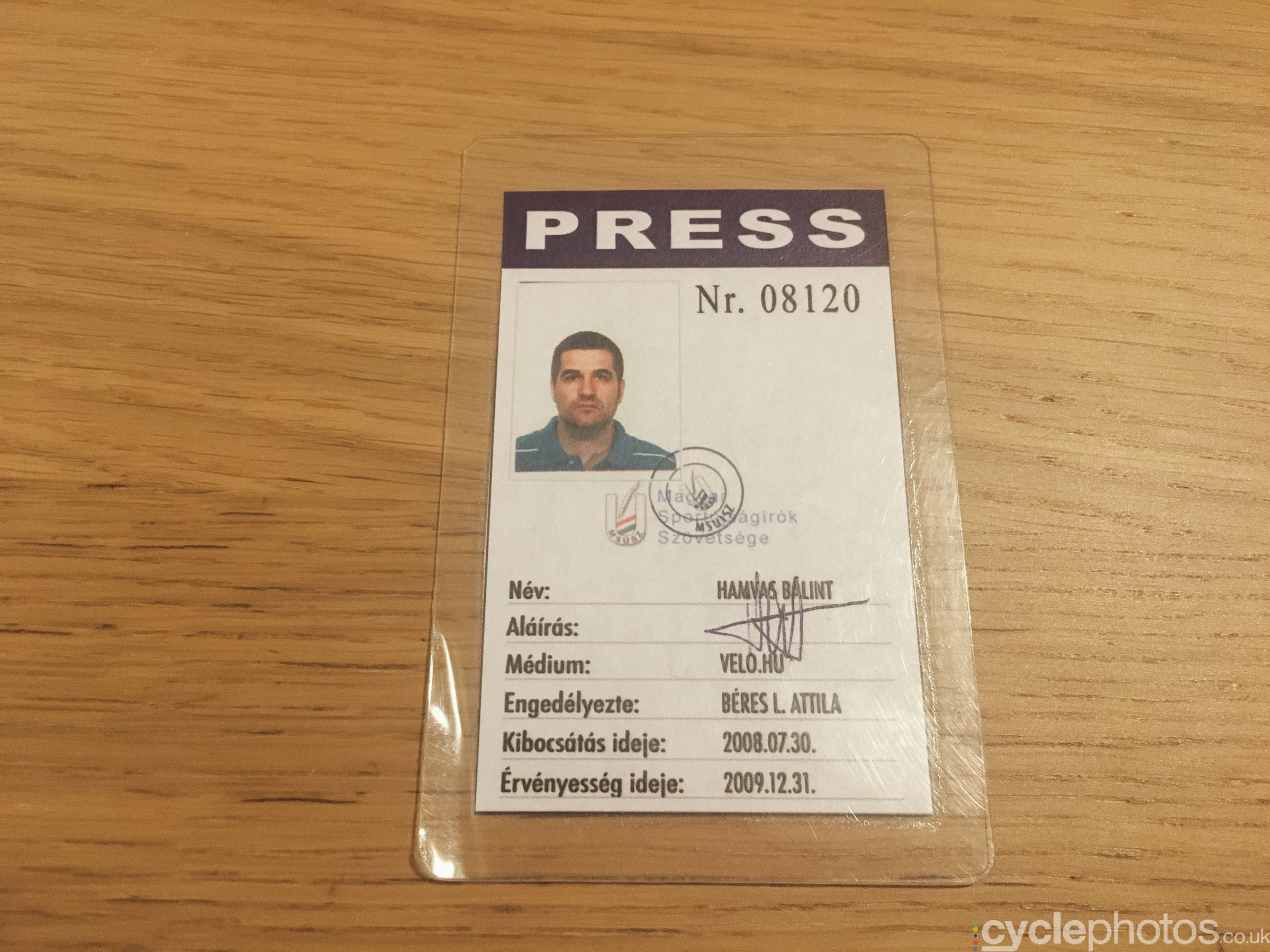
So, on a dank Saturday morning, I walked to London Bridge and an hour later I was on my way to Lille. In Lille, after a short tram ride and a short walk, I arrived at the velodrome. Thinking about it now, to this day, this was the shortest trip I have ever taken to an international cyclocross race.
At the race centre, I was a bit anxious – what if they spotted that I was a fraudster? But they didn’t really care. I was right, they had a sheet with a photo of the press cards of Belgium, France, the Netherlands, the UK and Germany, but nobody had any idea what a Hungarian press card should look like, and just like that: I was in!
After a bone dry race in Tabor, Roubaix showed me what true cyclocross weather was like. The sun was shining for the better part of Saturday, but the first two races on Sunday were held in heavy rain. At this point, I didn’t have any covers for my cameras, so I was quite worried they might not survive after being subjected to hours of torrential rain, but they did. The rain started to ease after 12pm and the last two races were held in the sunshine, though there was plenty of water and mud to slosh around in. I saw the pits working in full swing. I was mesmerised by the efficient work of the mechanics, as they furiously cleaned the bikes, lap after lap. My first muddy cyclocross race convinced me that Tabor wasn’t a fluke – I really did find cyclocross fun.
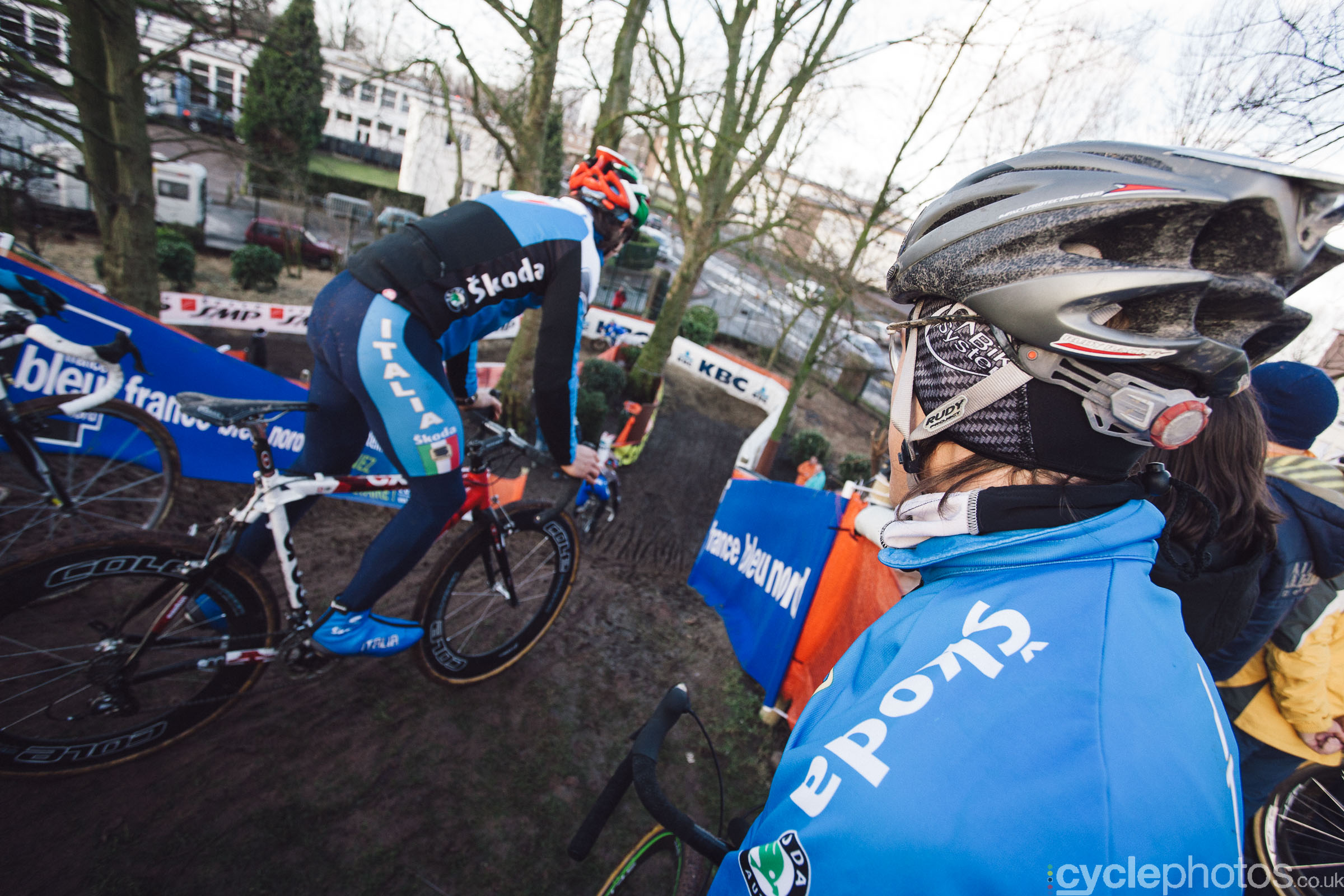
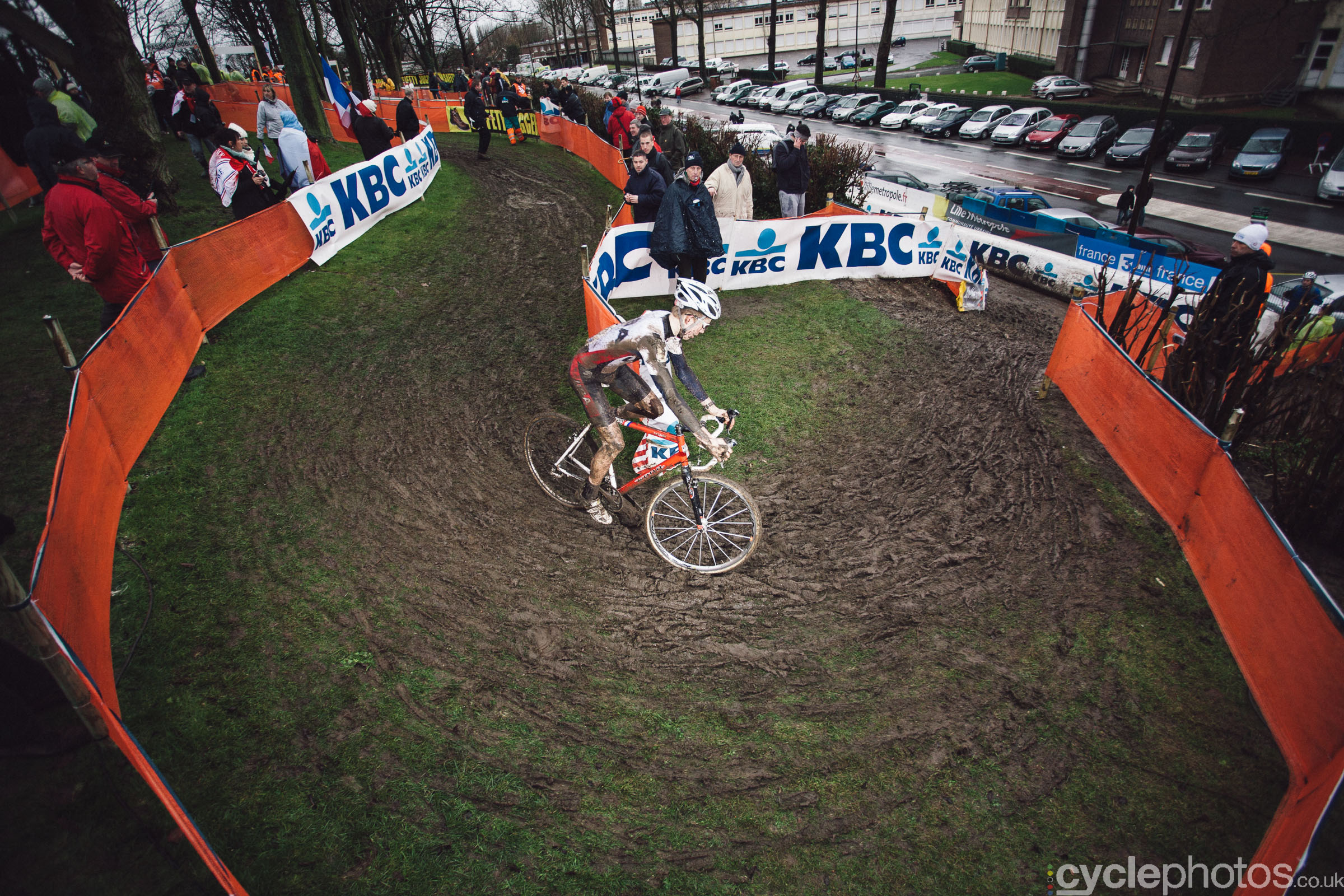
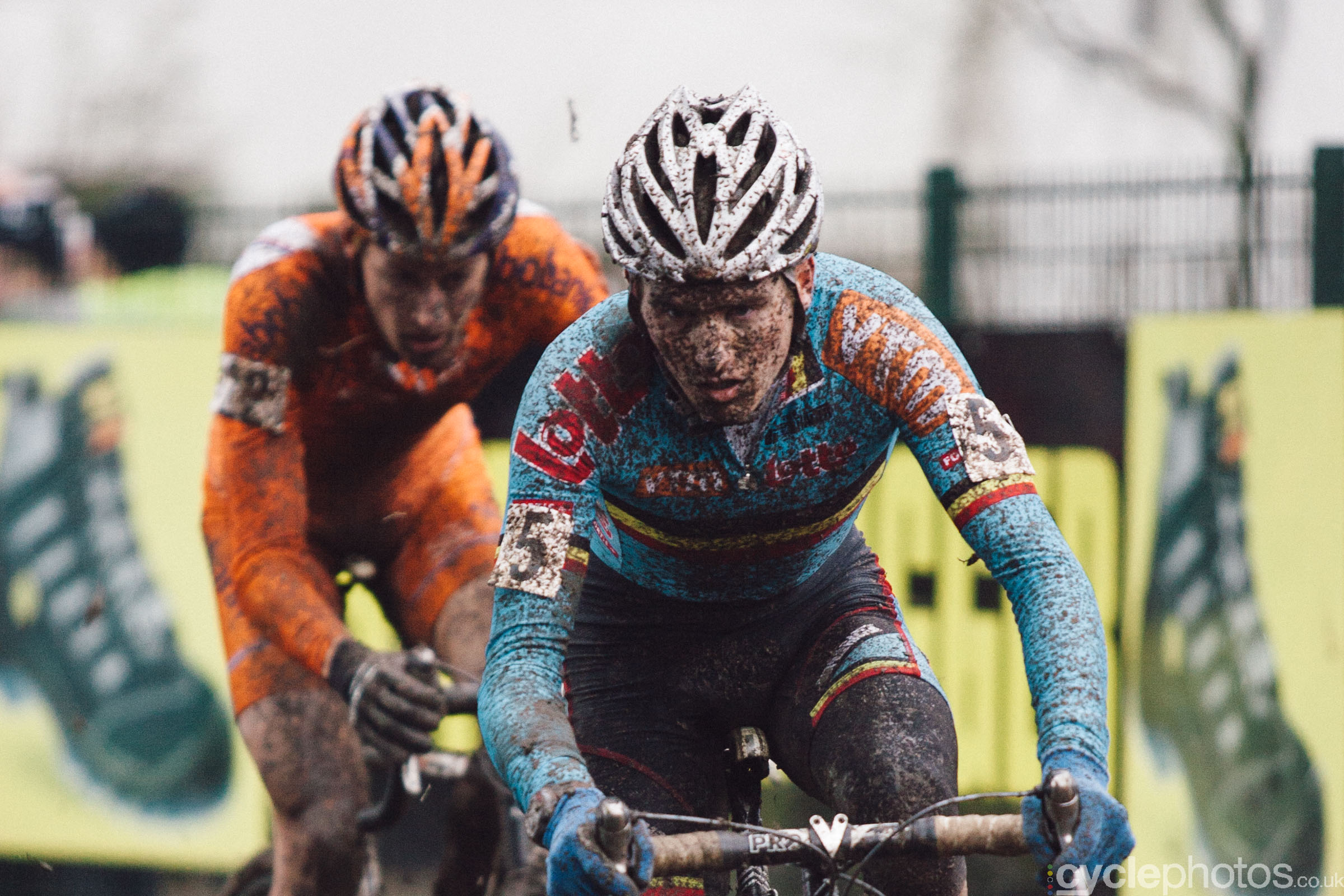
top

